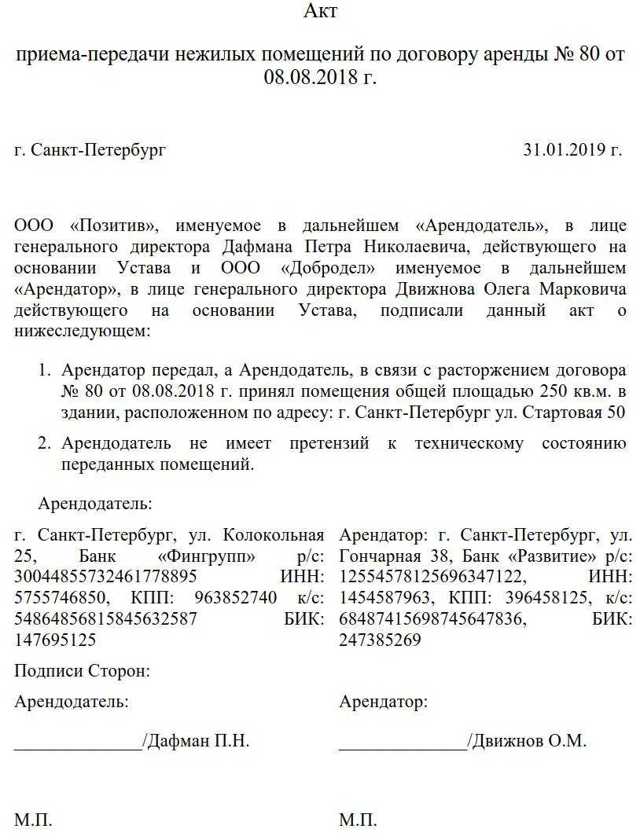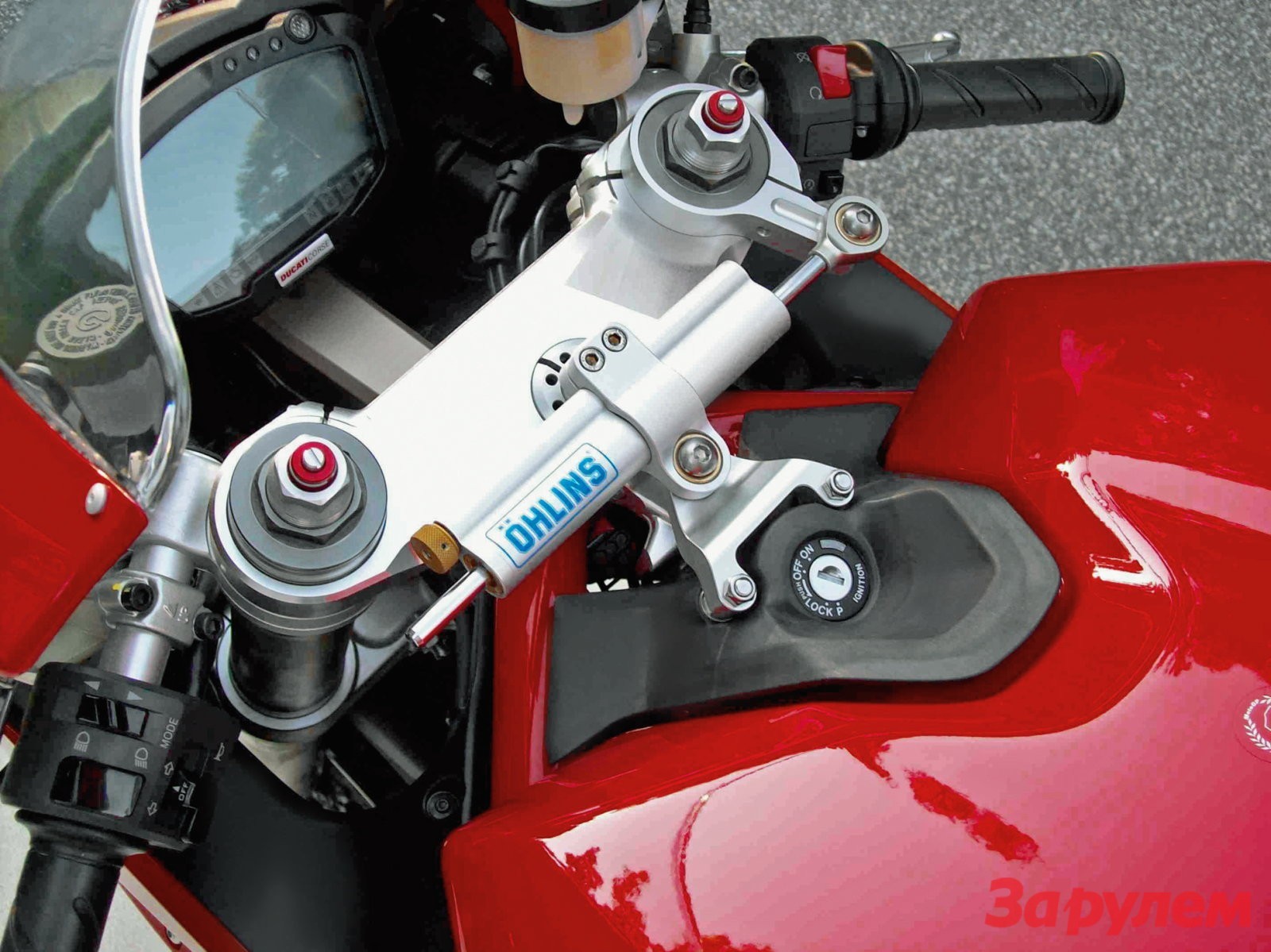
How to terminate a car lease early
Content
Car rental is a legal contract between the lessee and the leasing company that owns the vehicle. Essentially, you agree to pay for the exclusive use of the vehicle under certain terms and conditions, which include:
- Maximum accumulated mileage
- Regular payment model
- Set time period
- Return of the vehicle in good condition
There may be several reasons why you may want to terminate your lease early.
- A third party wants your car
- you lost your job
- You can move abroad
- Perhaps you no longer need a car due to the close proximity of your home to your place of work.
- The needs of your vehicle have changed, such as the birth of a child
In any situation, you can terminate the lease agreement. Before proceeding to terminate a lease, you should review the terms of your lease, including any penalties you will be required to pay, any fees for paying rent, your right to transfer the lease, and any ongoing liability you may have for the remaining part. the duration of your lease.
Step 1: Find out the terms of the lease. Whether you rented your car through a car dealership or through a leasing agency, contact the renter to find out the terms of the lease.
You can also read the lease agreement, which clearly explains the terms.
In particular, ask if you have the right to transfer the lease and its terms.
Step 2: Keep track of commission. Write down the applicable fee for your situation.
If you're not sure which path you'll take to terminate your lease, write down all your options.
Specifically, request an optional rental buyout amount that remains at the end of the lease.
1 - Name
2 – The total amount payable upon signing the lease agreement
3 - Calculation of monthly payments
4 - Disposition or other fees
5 - Total payment (at the end of the lease)
6 - Distribution of payments
6a - Total amount payable upon signing the lease
6b - Total amount payable upon signing the lease
7 - Overview of monthly payments
8 - Total cost
9 - Discounts or credits
10 - Additional payments, monthly payments, total monthly payments and rental period
11 - Taxes
12 - Total monthly payment
13 - Early termination warning
14 - Payment for excessive wear
15 - Price of the call option
16 — Salary for the purchase option
Step 3. Weigh Your Options. If the lease termination fee is several thousand dollars, consider keeping the car in your possession, making the most of the situation.
For example, if you have a monthly payment of $500 and 10 months until the end of the lease, and the lease termination fee is $5,000, you will pay the same amount whether you drive or violate the lease.
Method 2 of 4: Reschedule your lease
Transferring a lease is the simplest way to get rid of the legal obligations of a lease. In this method, you will find another person willing to be the renter of the vehicle, freeing you from your obligations. Be prepared to provide an incentive to merge with the landlord, such as leaving a security deposit for the new tenant.
Step 1: Specify how to absorb the lease. List your vehicle as a rental takeover in car ads.
Using print ads in the local newspaper, for sale publications, and online marketplaces like Craigslist, post a message about your car asking someone to take care of your rental payments.
Use specific information that informs the reader about the remaining term of your lease, the monthly payment, any applicable fees, the end of the lease, the mileage, and the physical condition of the vehicle.
- Functions: There are online services such as SwapALease and LeaseTrader that specialize in finding potential clients who want to terminate a lease. They charge a fee for their services, which can be worth it as they take care of all the work of transferring the lease. Clients are verified and ready to take over the rental, which greatly simplifies your participation in the process.
Step 2: Be professional. Respond quickly to inquiries and arrange a meeting with the interested person.
If the potential tenant would like to proceed with the lease, arrange a time when both parties can meet at the leasing company. Negotiate a lease.
Step 3: Fill out the paperwork. Prepare the necessary documents to transfer the lease to a new person. This will include a credit check of the new tenant by the leasing company.
If the new tenant moves out, sign a termination of the contract, complete the transfer of ownership form, and cancel the vehicle's insurance and registration.
FunctionsA: When transferring a lease, take all car keys, owner's manual and vehicle documents with you so that the transfer is smooth and easy.
A warning: Some rental companies include a clause stating that the original tenant is responsible for payments if the person who took over the lease does not meet their obligations. This type of liability is known as post-transfer liability, and while it is only used in about 20 percent of leases, you should be aware of your remaining obligations before the lease ends. Post-transfer liability is mainly used by luxury car manufacturing companies such as Audi and BMW.
Method 3 of 4: buy out the lease
Transferring a lease may not be the best option for you in some cases, such as:
- The buyer wants to buy your car
- The potential tenant has bad or insufficient credit history to take over the rent
- Do you have positive equity in the rental car
- You want to own your car immediately without payments
- Your vehicle has excessive mileage, damage or wear
- Your lease has an obligation after the transfer
The process is the same regardless of the purpose of the lease buyout.
Step 1: Calculate the cost of the ransom. Determine the total buyout value of your lease.
Consider all factors, including the amount of the ransom, additional fees to the leasing company, transfer costs, and any taxes you may have to pay.
For example, if the lease buyout amount is $10,000, the lease termination fee is $500, the cost of transfer of title is $95, and you pay 5% of the lease buyout tax ($500), the total buyout cost of your leasing is USD 11,095 XNUMX.
Step 2: Arrange funding. If you have not saved up a significant amount of money, you will need to take out a loan through a financial institution to pay off your rent.
Step 3: Pay off the deficit. Pay the leasing company the price due to buy out your lease.
If it's through a car dealership, you'll pay sales taxes on the amount sold at the dealer.
If you are planning to sell your car, now you can do it.
Method 4 of 4: Rent out early
If you are unable to transfer or redeem a lease, you may return it early. This situation is accompanied by notoriously high penalties, often equivalent to the remaining lump sum rental payments.
Before renting out early due to financial hardship, check with your landlord if there are any other options available, such as the skip payment option. If you have exhausted all other options, return your lease early.
Step 1. Submit your lease. Contact your landlord to set up an appointment to rent out.
Step 2: Clean up your car. Remove all personal belongings and make sure the vehicle is in presentable condition.
To avoid additional costs, seek professional detailing of the car if there are excessive stains or dirt on the inside, as well as scratches on the outside.
Step 3: Provide required items at the reception. Bring all your keys, user manual and documentation to the meeting. You will leave your car behind.
Arrange alternative transport home from the leasing company.
Step 4: Fill out the forms. Complete the required forms with the landlord.
The landlord will do everything in his power to keep you on the lease. Work with them to explore every viable option if you prefer to keep your rental car.
Step 5: Flip the car. Flip your car, keys and books.
If you choose not to rent your lease early and make payments, it may be unintentional. Your vehicle will be confiscated by the leasing company to recover their losses and recover their assets. This is the worst possible scenario, as your credit score will suffer, and having your credit report withdrawn could prevent you from financing or renting anything for up to seven years.

